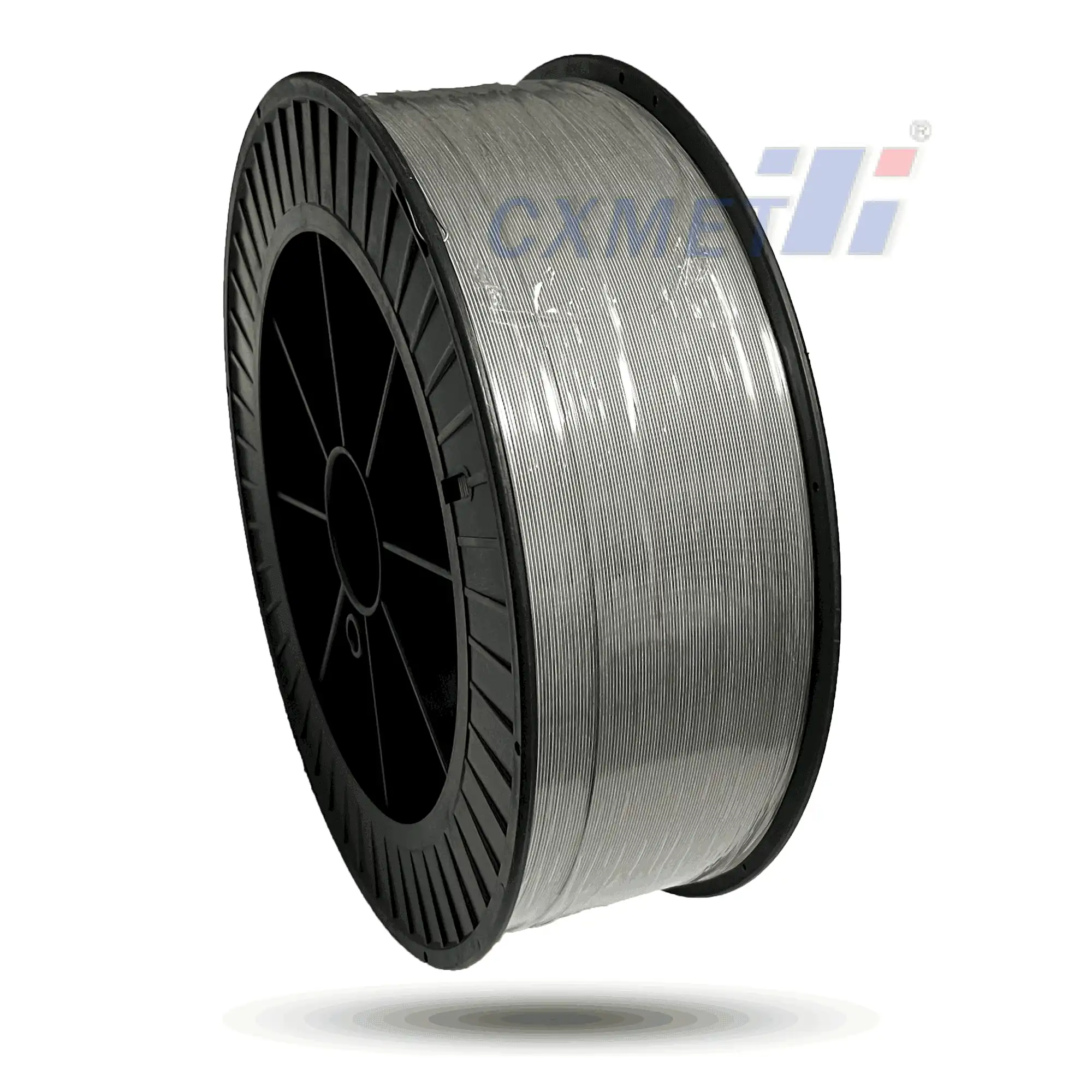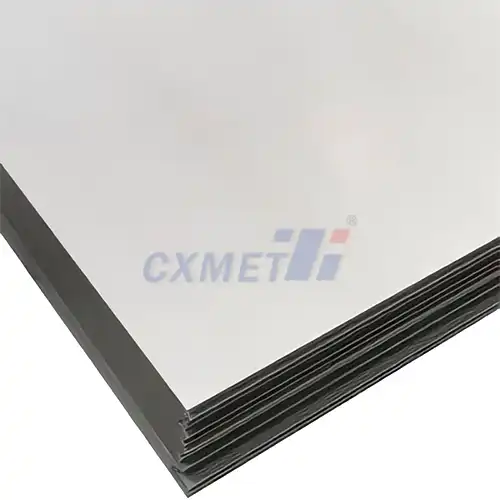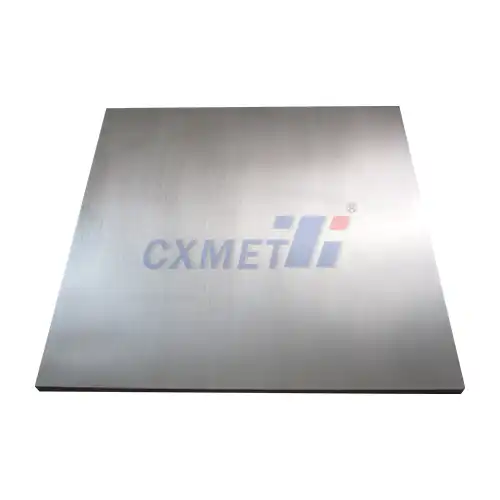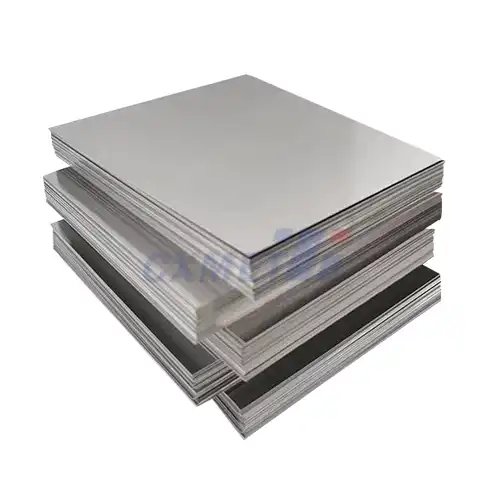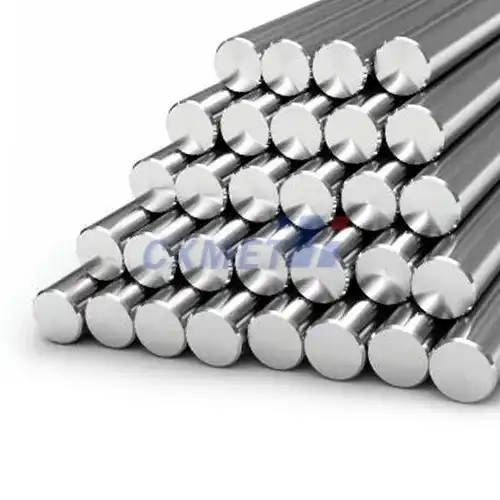- English
- French
- German
- Portuguese
- Spanish
- Russian
- Japanese
- Korean
- Arabic
- Greek
- German
- Turkish
- Italian
- Danish
- Romanian
- Indonesian
- Czech
- Afrikaans
- Swedish
- Polish
- Basque
- Catalan
- Esperanto
- Hindi
- Lao
- Albanian
- Amharic
- Armenian
- Azerbaijani
- Belarusian
- Bengali
- Bosnian
- Bulgarian
- Cebuano
- Chichewa
- Corsican
- Croatian
- Dutch
- Estonian
- Filipino
- Finnish
- Frisian
- Galician
- Georgian
- Gujarati
- Haitian
- Hausa
- Hawaiian
- Hebrew
- Hmong
- Hungarian
- Icelandic
- Igbo
- Javanese
- Kannada
- Kazakh
- Khmer
- Kurdish
- Kyrgyz
- Latin
- Latvian
- Lithuanian
- Luxembou..
- Macedonian
- Malagasy
- Malay
- Malayalam
- Maltese
- Maori
- Marathi
- Mongolian
- Burmese
- Nepali
- Norwegian
- Pashto
- Persian
- Punjabi
- Serbian
- Sesotho
- Sinhala
- Slovak
- Slovenian
- Somali
- Samoan
- Scots Gaelic
- Shona
- Sindhi
- Sundanese
- Swahili
- Tajik
- Tamil
- Telugu
- Thai
- Ukrainian
- Urdu
- Uzbek
- Vietnamese
- Welsh
- Xhosa
- Yiddish
- Yoruba
- Zulu
What are the Key Properties of GR3 Titanium Seamless Tubes?
2024-08-08 17:14:20
GR3 titanium seamless tubes are high-performance components widely used in various industries due to their exceptional properties. These tubes are made from Grade 3 titanium, known for its excellent combination of strength, corrosion resistance, and formability. In this blog post, we'll explore the key properties of GR3 titanium seamless tubes and answer some frequently asked questions about their characteristics and applications.
What are the advantages of using GR3 titanium seamless tubes?
GR3 titanium seamless tubes offer numerous advantages that make them a preferred choice in many applications. One of the primary benefits is their excellent strength-to-weight ratio. Titanium Grade 3 has a density of about 4.51 g/cm³, which is significantly lower than that of steel (approximately 7.85 g/cm³). This low density, combined with high strength, allows for the creation of lightweight yet robust structures.
Corrosion resistance is another major advantage of GR3 titanium seamless tubes. Titanium naturally forms a stable, protective oxide layer on its surface when exposed to oxygen. This layer provides exceptional resistance to various corrosive environments, including seawater, acids, and industrial chemicals. As a result, GR3 titanium tubes are ideal for use in marine applications, chemical processing plants, and other harsh environments where conventional materials might fail.
The formability of GR3 titanium is also noteworthy. While not as easily formed as some softer grades of titanium, Grade 3 offers a good balance between strength and workability. This property allows manufacturers to create complex shapes and designs without compromising the material's integrity. The tubes can be bent, flared, and machined to meet specific requirements, making them versatile for various applications.
Furthermore, GR3 titanium seamless tubes exhibit excellent biocompatibility. This property makes them suitable for medical and dental applications, where the material comes into direct contact with human tissue. The non-toxic nature of titanium and its resistance to bodily fluids contribute to its wide acceptance in the medical field.
Lastly, the high temperature performance of GR3 titanium tubes is worth mentioning. While not as heat-resistant as some higher-grade titanium alloys, Grade 3 titanium maintains its strength and structural integrity at moderately elevated temperatures. This characteristic makes it suitable for applications involving thermal cycling or exposure to heat, such as heat exchangers or certain aerospace components.
How does the production process affect the quality of GR3 titanium seamless tubes?
The production process of GR3 titanium seamless tubes plays a crucial role in determining their final quality and performance characteristics. The seamless tube manufacturing process typically involves several stages, each of which can significantly impact the tube's properties.
The process begins with the selection of high-quality Grade 3 titanium billets or ingots. These raw materials undergo rigorous quality checks to ensure they meet the required chemical composition and purity standards. Any impurities or inconsistencies in the starting material can lead to defects or variations in the final product.
Next, the titanium is heated to high temperatures and formed into a hollow "shell" through a process called extrusion or piercing. This step is critical in establishing the initial shape and dimensions of the tube. The temperature control during this phase is crucial, as it affects the material's microstructure and, consequently, its mechanical properties.
Following the initial forming, the tube undergoes a series of cold working operations, such as cold pilgering or cold drawing. These processes reduce the tube's diameter and wall thickness while improving its strength and surface finish. The amount of cold work applied can significantly influence the tube's final mechanical properties, including yield strength, tensile strength, and hardness.
Heat treatment is another vital step in the production of GR3 titanium seamless tubes. Annealing or stress-relieving treatments are often employed to optimize the material's microstructure, reduce internal stresses, and enhance ductility. The precise temperature and duration of these heat treatments can have a profound effect on the tube's final properties.
Surface treatment and finishing operations are the final steps in the production process. These may include pickling to remove surface oxides, polishing to achieve the desired surface roughness, and various inspection techniques to ensure the tubes meet the required specifications.
Throughout the entire production process, strict quality control measures are implemented to monitor and maintain the desired properties of the GR3 titanium seamless tubes. This includes regular testing of mechanical properties, dimensional accuracy, and surface quality. Non-destructive testing methods such as ultrasonic testing, eddy current testing, or hydrostatic testing are often employed to detect any internal defects or leaks.
The production process also influences the tube's microstructure, which in turn affects its performance characteristics. Proper control of grain size and orientation during processing can enhance the tube's strength, fatigue resistance, and overall durability.
It's worth noting that advancements in manufacturing technologies, such as improved process control systems and more precise machining techniques, have led to significant improvements in the quality and consistency of GR3 titanium seamless tubes. These advancements allow for tighter tolerances, better surface finishes, and more uniform properties throughout the tube's length.
What are the common applications of GR3 titanium seamless tubes in various industries?
GR3 titanium seamless tubes find applications across a wide range of industries due to their unique combination of properties. Let's explore some of the most common applications in various sectors:
- Aerospace Industry:
In the aerospace sector, GR3 titanium seamless tubes are used in hydraulic and fuel systems of aircraft. Their high strength-to-weight ratio makes them ideal for reducing overall aircraft weight while maintaining structural integrity. These tubes are also used in engine components and structural parts where corrosion resistance and fatigue strength are crucial.
- Marine Industry:
The excellent corrosion resistance of GR3 titanium tubes makes them invaluable in marine applications. They are used in seawater cooling systems, desalination plants, and offshore oil and gas platforms. The tubes can withstand the harsh, corrosive marine environment, extending the lifespan of equipment and reducing maintenance costs.
- Chemical Processing Industry:
In chemical processing plants, GR3 titanium tubes are used in heat exchangers, reactors, and piping systems. Their resistance to a wide range of chemicals, combined with good heat transfer properties, makes them suitable for handling corrosive fluids and gases at various temperatures.
- Power Generation:
The power generation industry utilizes GR3 titanium tubes in condensers and heat exchangers, particularly in applications involving seawater cooling. The tubes' resistance to erosion and corrosion helps maintain efficient heat transfer and reduces the need for frequent replacements.
- Medical Industry:
In the medical field, GR3 titanium seamless tubes are used in various implants and surgical instruments. Their biocompatibility and resistance to bodily fluids make them ideal for orthopedic implants, dental implants, and components of medical devices.
- Oil and Gas Industry:
The oil and gas sector employs GR3 titanium tubes in downhole tools, offshore risers, and subsea equipment. Their corrosion resistance and high strength-to-weight ratio are particularly beneficial in deep-sea exploration and production environments.
- Sports and Recreation:
GR3 titanium tubes are used in the manufacture of high-performance bicycle frames, golf club shafts, and other sporting equipment. The material's light weight and strength contribute to improved performance and durability.
- Automotive Industry:
In automotive applications, GR3 titanium tubes are used in exhaust systems, particularly for high-performance and racing vehicles. They offer weight reduction and improved heat resistance compared to traditional materials.
- Architectural Applications:
The aesthetic appeal and corrosion resistance of GR3 titanium make it suitable for architectural applications. Seamless tubes are used in handrails, structural supports, and decorative elements in buildings.
- Food Processing Industry:
In food processing, GR3 titanium tubes are used in heat exchangers and piping systems where corrosion resistance and hygiene are paramount. The material's inert nature helps prevent contamination and ensures product purity.
These diverse applications demonstrate the versatility and value of GR3 titanium seamless tubes across industries. As technology advances and new applications emerge, the demand for these high-performance components is likely to continue growing.
At SHAANXI CXMET TECHNOLOGY CO., LTD, we take pride in our extensive product range, which caters to diverse customer needs. Our company is equipped with outstanding production and processing capabilities, ensuring the high quality and precision of our products. We are committed to innovation and continuously strive to develop new products, keeping us at the forefront of our industry. With leading technological development capabilities, we are able to adapt and evolve in a rapidly changing market. Furthermore, we offer customized solutions to meet the specific requirements of our clients. If you are interested in our products or wish to learn more about the intricate details of our offerings, please do not hesitate to contact us at sales@cxmet.com. Our team is always ready to assist you.
References:
1. ASTM International. (2021). ASTM B338 - Standard Specification for Seamless and Welded Titanium and Titanium Alloy Tubes for Condensers and Heat Exchangers.
2. Lutjering, G., & Williams, J. C. (2007). Titanium (2nd ed.). Springer-Verlag Berlin Heidelberg.
3. Boyer, R., Welsch, G., & Collings, E. W. (Eds.). (1994). Materials Properties Handbook: Titanium Alloys. ASM International.
4. Peters, M., Kumpfert, J., Ward, C. H., & Leyens, C. (2003). Titanium alloys for aerospace applications. Advanced Engineering Materials, 5(6), 419-427.
5. Donachie, M. J. (2000). Titanium: A Technical Guide (2nd ed.). ASM International.
6. Schutz, R. W., & Watkins, H. B. (1998). Recent developments in titanium alloy application in the energy industry. Materials Science and Engineering: A, 243(1-2), 305-315.
7. Rack, H. J., & Qazi, J. I. (2006). Titanium alloys for biomedical applications. Materials Science and Engineering: C, 26(8), 1269-1277.
8. Leyens, C., & Peters, M. (Eds.). (2003). Titanium and Titanium Alloys: Fundamentals and Applications. John Wiley & Sons.
9. Froes, F. H. (Ed.). (2015). Titanium: Physical Metallurgy, Processing, and Applications. ASM International.
10. Veiga, C., Davim, J. P., & Loureiro, A. J. R. (2012). Properties and applications of titanium alloys: A brief review. Reviews on Advanced Materials Science, 32(2), 133-148.
